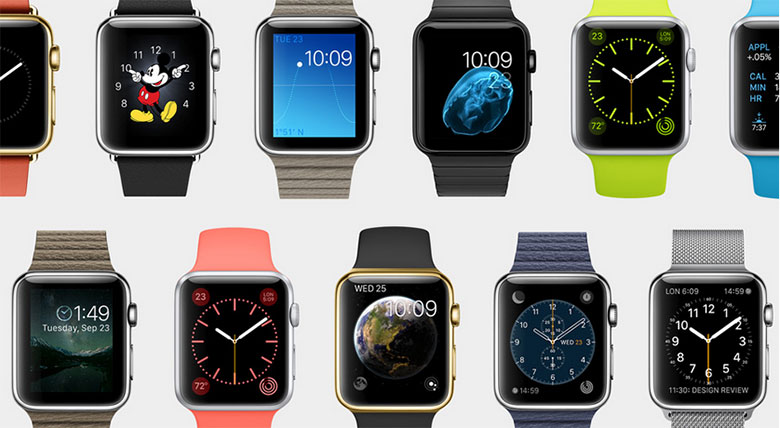Friday TechMunch: What Are You Wearing?
Top of the early adopter shopping list, the wearables have well and truly arrived. Unfortunately, I won’t be strapping one on any time soon.
This isn’t because I don’t like watches, glasses or data-generating devices – on the contrary, my smartphone rarely leaves my immediate vicinity. No, the reason I won’t be investing in the latest Apple Watch, Galaxy Gear, Ring or Google Glass is because they simply aren’t useful enough yet.

Don’t get me wrong, the potential is there, but at the moment they’re still a bit primitive: too big, too limited, too expensive.
Despite the purported sales (70m fitness trackers alone were sold in 2014) it seems that I’m not the only naysayer out there.
Research from Endeavour Partners recently found that one in three of US consumers who have owned a wearable product stopped using it within six months. They also reported that even though one in ten American adults own some form of fitness wearable, half no longer use it.
This abandonment of the devices must be worrying for their developers. There are precious few early adopters of the smartphone who gave up on it a few months in…
What all of this suggests is that something’s still missing. Now maybe that something was the Apple Watch’s hypnotic jellyfish screen but, just possibly, it’s simplicity. The future of wearables may lie in the singular: wearable. It’s unlikely that we’ll be convinced to strap on a separate smartwatch, fitness tracker, Glass and calorie monitor every day, but if these technologies could be combined into a single, multifunctional gadget then it would stand a far greater chance of reaching ubiquity.
Creating this uber-wearable is only half the battle however. Once developed, if this device is going to make a real difference in our lives, it needs to be integrated. This is particularly important for the healthcare sector. Your doctor, hospital, physio and therapist should all be able to access the data from your device and use it to provide accurate, helpful diagnosis and advice. Even insurance companies should get a look in if you can use the data to prove your increased level of fitness and have them lower your payments.
Now all of the above examples would impact on a raft of privacy, legal and compliance issues that would need to be ironed out and securing all that data would certainly be a challenge. For a wearable to have some chance to staying-power on our wrists, heads or elsewhere, however, it really does need to be that smart.
This kind of secure integration and analysis of data is a worthy goal but not something a single brand can achieve. Only with collaboration between companies, industries and the medical practise will the wearable be able to provide the meaningful insights that will give us a reason to keep wearing them.
Find Out More
-
Platinum CMS Award
March 13, 2024
-
Changing Communications Tack at Mobile World Congress
February 21, 2024


